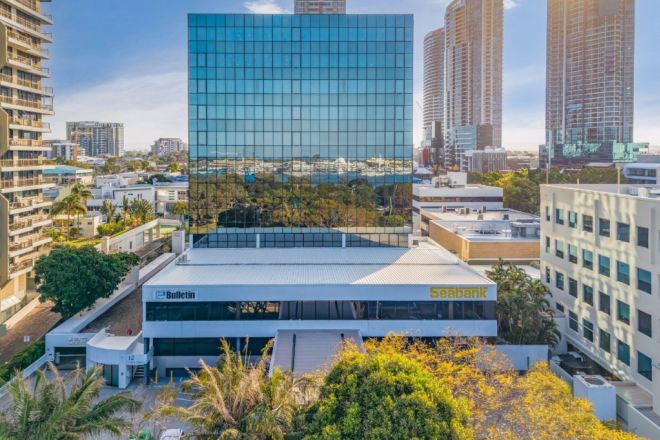
Plush fitouts and cafes: What does the modern office looks like?
Office landlords are offering plush fitouts, cafes and wellness options as return-to-work mandates bring a surge of staff back on site, and workplace specialists are rethinking office design in an effort to do more than just “earn the commute”.
CBRE, which manages more than two billion square feet of office space globally, is spearheading the recharged look and feel of offices through its CBRE x Industrious Building Experience Lab.
Led by Annie Dean, a former Facebook and Atlassian executive, and Lenny Beaudoin, who leads CBRE’s workplace, design and occupancy businesses, the CBRE team is focused on making offices more human-centred places to work.
Creating social settings where people can gather and connect is a major priority, Beaudoin says, as the biggest draw for employees returning to the office is other employees.
“CBRE finds that office utilisation increases organically if people show up more frequently,” he says. “This means that the more vibrant an office is – with people, events, support – the more actively it will be used.
“Key draws to the office, as compared to home offices, are access to leaders and managers, ability to coordinate and brainstorm efforts with colleagues more easily, superior technology tools, and resources uniquely available in the office.”
This translates to fewer individualised spaces in workplaces and more areas where people can meet and work together as teams.
Combined with amenities such as cafes, this approach aims to create a welcoming environment.
“We’ve seen a decrease in the percentage of individual work settings – offices and cubes – in comparison to increases in collaborative spaces and amenities,” Beaudoin says.
“We believe the purpose of the future office will be to problem-solve at an increasing pace, requiring more agile workplace solutions, digital tools, and the ability to find information and direction in the workplace.
“We think this will be reflected in organisations balancing fixed with flexible accommodation, rebalancing their work environment to support collaboration and socialising in addition to individual work, and having a more consumer-minded bias toward the services and support provided – think great hospitality.”
More than 6.7 million Australians – or 46 per cent of the country’s employed – work from home at least some of the time, either paid or unpaid, according to Roy Morgan research released in August this year. The remaining 54 per cent work entirely in-person.
Enticing these people back to the workforce will hinge on what their employer offers, but also where and how the workplace is set up.
Location plays a large part in many workers’ decisions to return to work, and in Sydney, the upgrades to the Metro train lines and addition of new stations have made a big difference.
It has also proved a drawcard for tenants on the fringe of the CBD to move into a city building – not only to retain staff but also to attract new talent, says Chris Rowe, Savills state head of NSW office leasing.
“Long story short, it’s all about amenity within the asset, but also amenity surrounding the asset that will earn that commute,” he says.
“Whether it be food and beverage, whether it be wellness around gyms, yoga or pilates offerings, whether it be additional third spaces such as business meeting rooms or town hall spaces.”
A survey by co-working group Hub Australia found that of 1000 workers questioned, 56 per cent had experienced burnout and wanted to find a better work-life balance.
Hub recommended creating restorative spaces with quiet spaces where light and noise can be controlled, and also bringing nature indoors in the form of plants and daylight.











